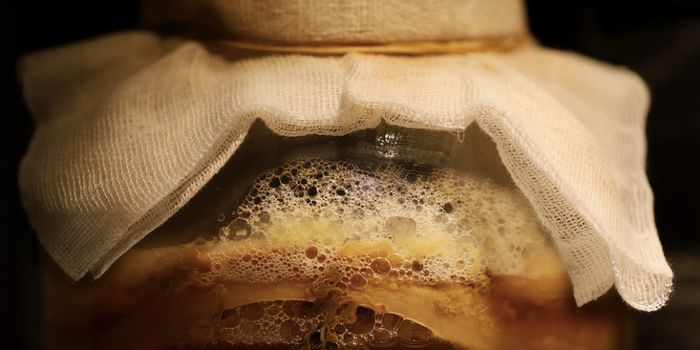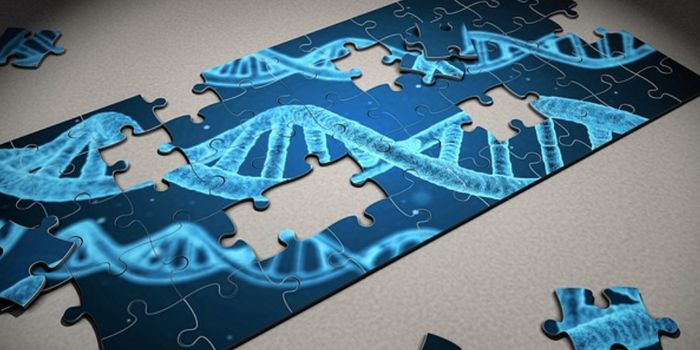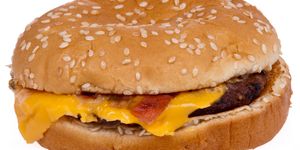Genetic information has to be copied in order to eventually create the proteins that are needed for an organism to function. The cell has to make sure to prevent mistakes in that process from having deleterious effects. Work from researchers at the Department of Energy's Lawrence Berkeley National Laboratory (Berkeley Lab) has revealed new details on how that is accomplished.
Publishing in Scientific Reports, they determined that when there are mistakes in mRNA, the molecule that carries genetic information from the genome to be made into proteins, those aberrant strands of messenger RNA (mRNA) are prevented from leaving the nucleus. When they exit, it is through the nuclear pore complex, outlined in the above video. When mRNA is kept inside the nucleus, it eventually gets degraded by cellular machinery. The investigators hope that understanding more about this process could aid in disease research.
"Some components of this machinery are dysregulated in various types of cancers," explained the principal investigator of the work, Mohammad Mofrad, Faculty Scientist at Berkeley Lab's Molecular Biophysics and Integrated Bioimaging Division. "Understanding the molecular mechanism of genetic information transport and quality control would substantially improve the current knowledge about various types of cancers and other human diseases."
"Just like all production lines, the process of genetic information transfer and protein production is quality controlled at different stages," continued Mofrad. "To date, the exact mechanism of this quality control step has remained unclear."
While previous work has investigated steps in the process, all of the exact details of RNA quality control in the nucleus is still under study. This work utilized computer modeling to help put all of the pieces of the puzzle together. The computer model was validated using the known data and expected conclusions of previous studies.
"With experiments, we can study parts of a system, but there are limitations to their ability to provide the level of spatial and temporal resolution we need to really understand the behavior of a whole system," commented Soheilypour.
In this work, the scientists looked at how mRNA, proteins that bind RNA and molecules called nuclear basket proteins all interact. Nuclear basket proteins act as a sort of gateway through which mRNA has to pass in order to exit the nucleus. The investigators ran simulations on the computer to learn more about what influences mRNA transport from the nucleus.
It was found that many interactions between proteins allow the cell to ensure the quality of mRNA. RNA-binding proteins bind to every strand of mRNA and aid in the recruit of export receptors. Nuclear basket proteins use the interaction between export receptors and RNA-binding proteins to locate and retain aberrant mRNA.
"Imagine that in order to exit the gate, you need a certain number of validated tickets. The RNA-binding proteins are like the tickets the mRNA needs to get out, but those tickets need to be validated by the export factors. Without enough validated tickets, the guard proteins do not recognize the mRNA strand as something to let pass through the membrane's gate," explained Soheilypour.
They researchers also learned that longer strands of mRNA have a more difficult trip through the nuclear membrane. It’s still not known why, but the scientists suggest it could be because that longer length means more time spent there checking for “validated tickets.”
Sources:
AAAS/Eurekalert! via
Berkeley Lab,
Scientific Reports


















































